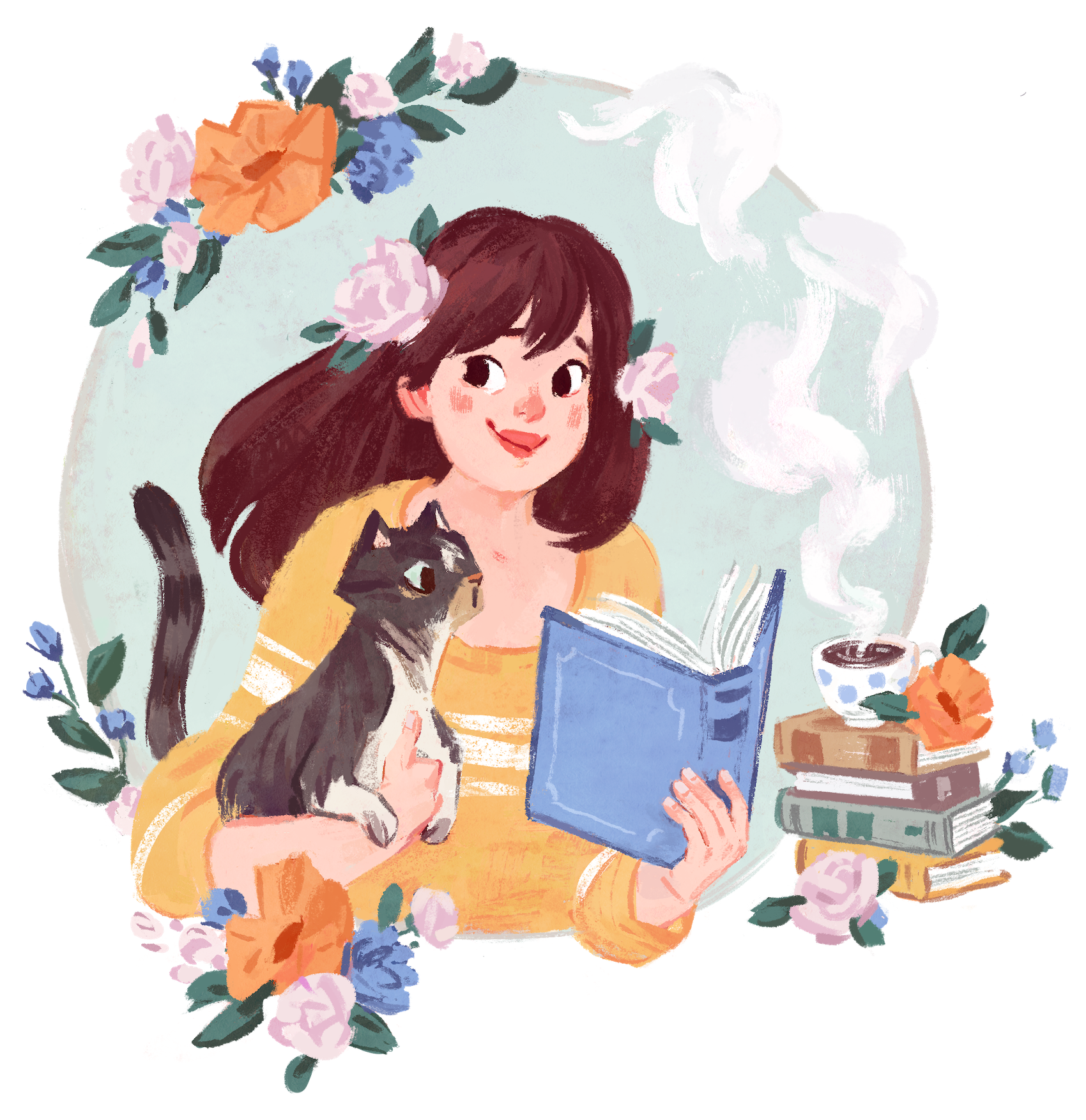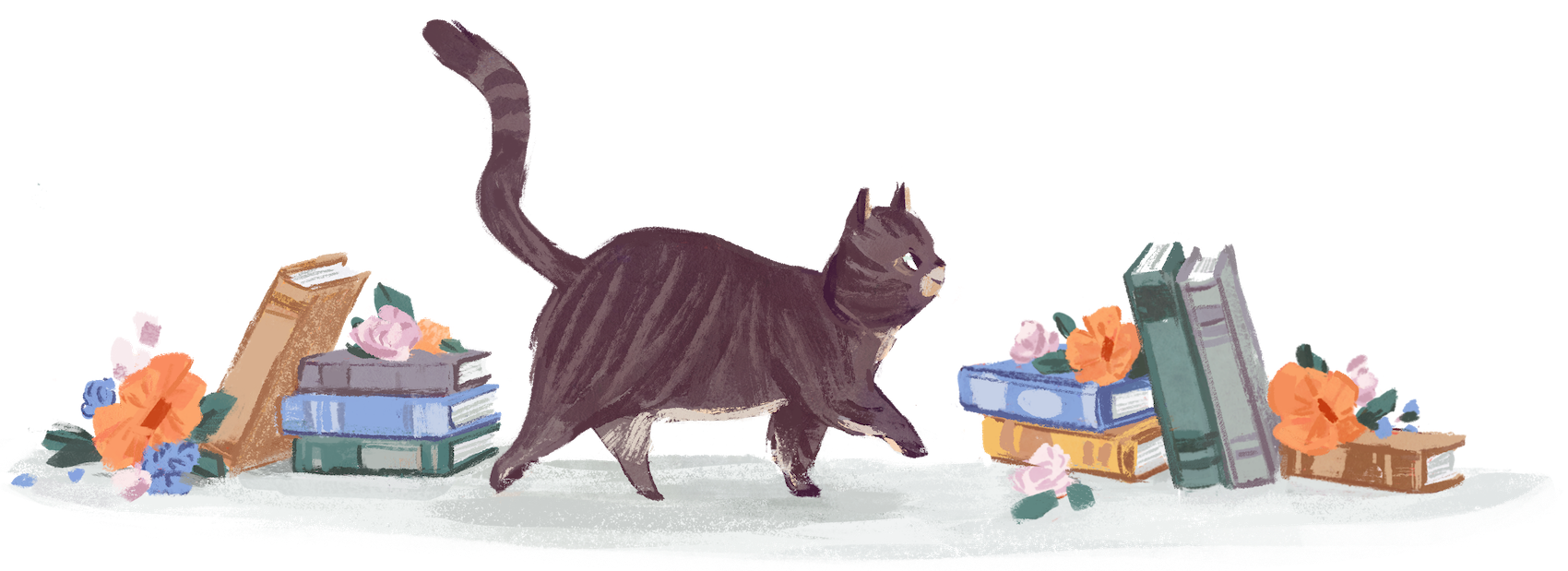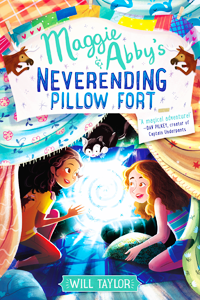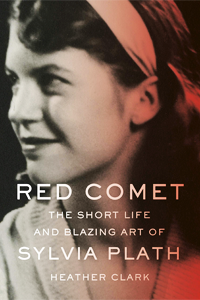
New Kids On The Block is a year-long series on Pop! Goes The Reader meant to welcome and celebrate new voices and debut authors in the literary community.
Are you a debut author whose book is being published in 2018? It’s not too late to sign-up! If you want to participate in New Kids On The Block this year, please don’t hesitate to get in touch! You can send a tweet or DM on Twitter to @Pop_Reader or email me at Jen@PopGoesTheReader.com. I would love to collaborate with you!

About Will Taylor
Will Taylor is a reader, writer, honey bee fan, and former trapeze flailer. He has a degree in Sacred Architecture, a collection of Peanuts strips where Snoopy is on the phone, and an antique key he’s carried everywhere since he was ten just in case it’s magic. He lives in the heart of downtown Seattle surrounded by all the seagulls and nearly all the books. When not writing, he can be found hawking caramels for a local chocolate company or completely losing his cool when he meets longhaired dachshunds. For the last year Will has been volunteer-teaching a picture book course for Freshman English classes at a local high school, and he cannot wait to get more involved helping kids and teens find and develop their voices in storytelling and writing in the future. If you’d like to help kids get more out of their time in the classroom, please check out Will’s favorite nonprofit DonorsChoose.
One day near the beginning of fifth grade my teacher paused class to make an announcement: we were going to be starting a major research project, she told us, called a Passion Study. We would choose a topic we were passionate about, spend six months (!) researching it, write a five-page paper (!!), and give a ten-minute oral presentation to the class (!!!) at the end of the year. After the panic died down she told us we had two weeks to decide on our topics, and once they were chosen there was no changing them.
Looking back, I was definitely a kid who had passions. I was in my third year playing soccer; I’d read the entire Redwall series and met Brian Jacques at a local library event; I was obsessed with Storm and Dragonball Z and Scorpion in Mortal Kombat; I’d memorized every word of the BBC audio version of Gormenghast my British grandparents sent me; and I had a junior photography prize from the state fair under my belt. But fifth-grade me spent those two weeks of deciding time in a blank, anxious haze. I just couldn’t think of anything.
One by one my classmates’ topics were announced to the class, until the handful of us who were left were called up for teacher meetings. “You must have some idea,” she said, frowning down at me from her desk. I remember panicking a little, flailing for an acceptable answer. My brain landed on the nature documentary my family had watched the night before. “I was thinking maybe of studying those tube worms that live beside thermal vents in the bottom of the ocean,” I mumbled. The teacher blinked, then frowned even more. “Do you think you could spend six whole months researching that?” she asked. I remember shrugging, then being sent back to my seat, close to tears, with instructions to make a final decision by tomorrow.
That night my mom asked why I seemed down, and I told her. “Well, I know something you’re definitely passionate about,” she said. “If you’d like a suggestion.” I nodded, buried in my tube-worm-condemned misery. She nudged me and said one word: “Chocolate.”
And the clouds parted. I will never forget the feeling in my mind and heart and stomach in that exact moment. Because it was true; I was wildly passionate about chocolate. And it had never crossed my mind that this was a situation where I was allowed to bring something I was actually, truly, really for-real passionate about into the classroom and have it count as learning. Needless to say, that turned into the best school project of my life, and is probably a good chunk of the reason I still work at a chocolate shop today.
Hacking my interests and passions as fodder for academic work was a breakthrough I carried right up to college, where I found a school with self-designed majors and got a degree in one of my great loves, Sacred Architecture. (The study of why and how we build structures we consider sacred, what architectural features are used to achieve that state, and how those structures reflect the faiths and social traditions of the societies that build them.) Just like my fifth grade Passion Study, I got to spend my time exploring something I was actually, truly, really for-real interested in, and while that obscure degree is probably another major reason I still work at a chocolate shop, the experience of deep diving into a world I cared about was the best kind of life changing.
My memories of that project and those upper elementary years are an enormous part of why I write middle grade as an adult. Those were the years of being a child with power, when we were keenly aware of how much more capable and independent we were than we’d been in second grade, or third, or fourth, but the enveloping crush of puberty and middle-school social pressures hadn’t quite knocked us off our feet yet.
Middle and upper elementary are also the time many kids start reading books they choose for themselves. Books that send them diving into new worlds. They may make these journeys solo, or in company with their best friends, but — and this is the crucial thing — for the first time they go there without their parents. In fifth grade I was obsessed with the Redwall series to the point that I spent my weekends making tiny bows and arrows out of twigs and string to leave as gifts for the squirrels who lived in our maple tree. But no one else in my family had read them. My parents had no idea who Basil Stag Hare was, or what Guosim stood for, or the history of the badgers of Salamandastron. But my friends and I knew, and we talked about it constantly. And that became our space, carved out of our family and school lives and built and maintained between and among ourselves. Not unlike pillow forts.
Pillow forts are worlds within worlds and homes within homes, built by kids entirely for themselves. They are kid-sized kingdoms where the kids take up all the space and make all the rules, the same way grownups do in ours. In Maggie & Abby’s Neverending Pillow Fort I lean into that feeling hard, as two best friends create not only new spaces, but an entire linked-fort network which felt, as I wrote it, an awful lot like that Redwall-obsessed fandom my friends and I spun into life between us. That feeling of shining joy at discovering a world only we knew about, exploring it, and running away into it as far as we wanted to go.
Pillow forts are, for me — a grownup still obsessed with hidden worlds, sacred structures, and of course chocolate — the physical embodiment of middle grade. They’re a place in between. A place for dreaming. A refuge. A launchpad. A temple. A pause button on ordinary life, and a space to explore the thousand other ways that life could go. Behind every pillow could be another path, another fort, another chance. A chance for an eleven-year-old with something calling her she can’t quite reach, some dream she knows in her bones but can’t quite name, to consider the world she’s outgrowing, stretch out, take a breath, and spin a new one into being that’s entirely and perfectly hers.

Title Maggie & Abby’s Neverending Pillow Fort
Author Will Taylor
Pages 304 Pages
Intended Target Audience Middle Grade
Genre Contemporary, Fabulism
Publication Date April 3rd 2018 by HarperCollins
Find It On Goodreads ● Amazon.com ● Chapters ● The Book Depository
Maggie’s been waiting for her best friend Abby to get home from Camp Cantaloupe for SIX. WHOLE. WEEKS. But now that Abby’s finally home, she’s…different. All New Abby wants to do is talk about camp things and plan campy activities — she even has the nerve to call Maggie’s massive, award-worthy pillow fort a “cabin.”
But hey, at least she’s willing to build a “cabin” of her own. And when Maggie discovers that a pillow in the back of her fort mysteriously leads right into Abby’s new one, the two friends are suddenly just an arm’s length away.
Soon they’re adding links and building more forts, until Maggie looks behind one pillow too many and finds herself face-to-face with…the authorities.
Turns out their little pillow fort network isn’t the first to exist. A massive network of linked-up pillow and sofa forts already spans the globe, and the kids who run it are not happy with Maggie and Abby.
With just three days to pass their outrageous entrance requirements or lose the links forever, Maggie and Abby pull out all the stops to try to save their network. There’s only a little bit of summer left to burn, and Maggie and Abby are both determined to win back their pillow fort freedom.
But can their friendship — and their scrappy homemade network — survive the mission?












